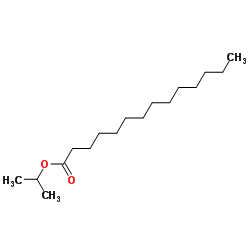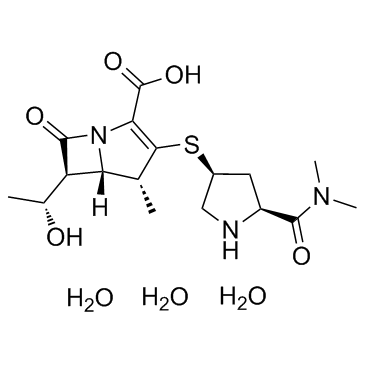| Structure | Name/CAS No. | Articles |
|---|---|---|
 |
Ethidium bromide
CAS:1239-45-8 |
|
 |
Isopropyl myristate
CAS:110-27-0 |
|
 |
Meropenem trihydrate
CAS:119478-56-7 |